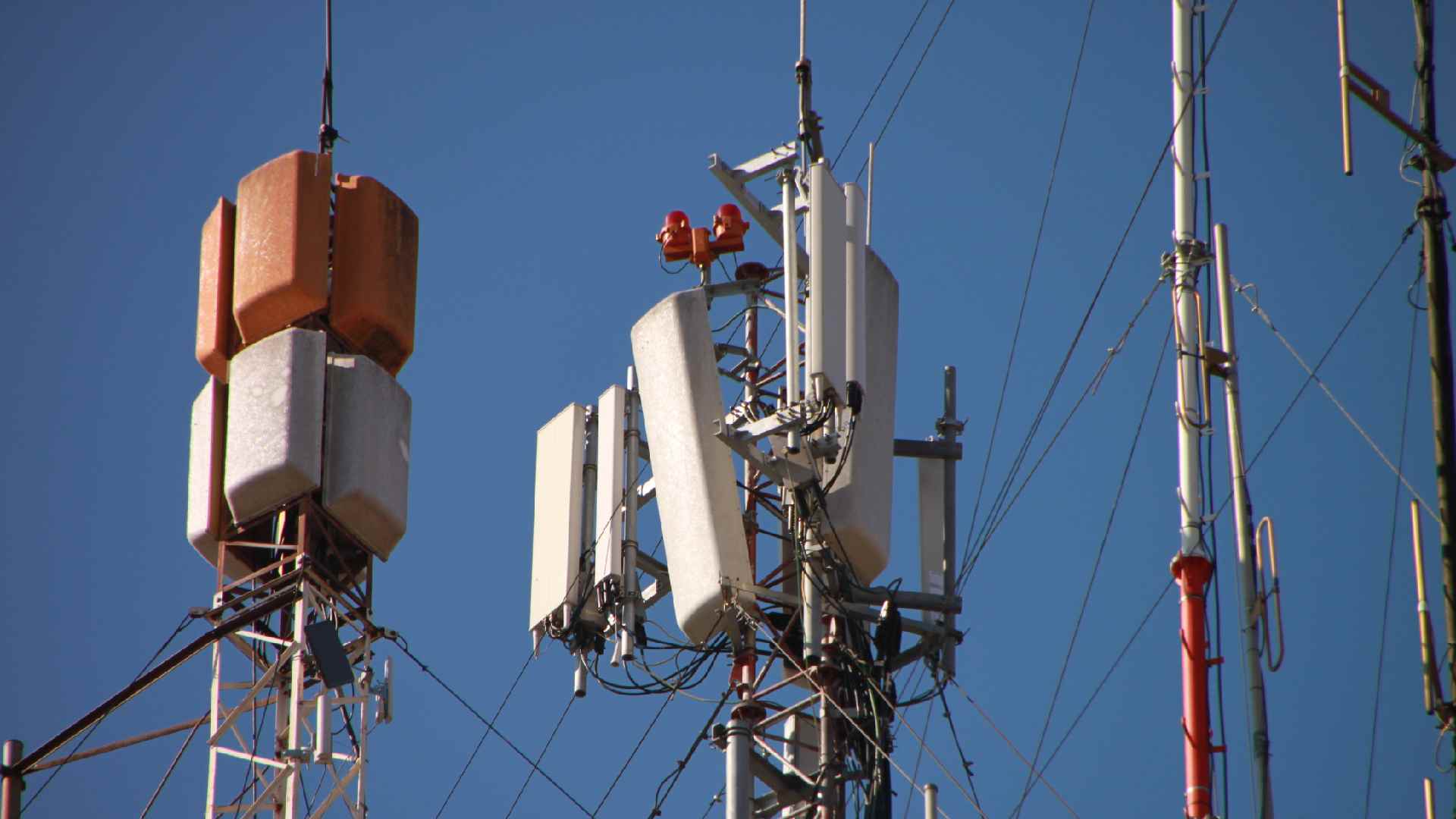Do you know what the basic terms in mobile telephony mean, like EDGE or GSM acronyms? If you don’t know – here’s an opportunity to learn, and if you do – this is a great opportunity to remember all the details about it.
GSM (Global System for Mobile Communications) is the most popular and widespread international standard for digital mobile communication. It is intended primarily for the transmission of voice over distance and short text messages of up to 160 characters (SMS – Short Message Service).
For now, there are 4 frequencies of GSM networks, which are grouped by the QUAD BAND term and cover the frequency bands of 850 MHz, 900 MHz, 1800 and 1900 MHz. Domestic networks, mostly operate on 900/1800 MHz. Phones can be Quad Band (two frequencies), Triple Band and Quad Band – the more frequencies the phone supports, the more usable it is and it can be used in almost all countries on the planet.
GPRS (General Packet Radio Service) is an upgrade of the GSM network that enables data transmission through the mobile network, divided into pects. Using the GPRS network, you can access Wap Internet (simple graphic-text net) or other packet networks from your mobile devices with speeds up to 114 Kbit / s.
The time of access to applications and other content on the Internet is significantly shorter than in the GSM network. GPRS network is available wherever there is GSM signal coverage. Today, however, GPRS is extremely rarely used for surfing the Internet, because data transfer is slow and unreliable over a long period of use (congestion often occurs).
EDGE (Enhanced Data Rates for Global Evolution) represents a further improvement of the GSM network that enables faster data transfer through the mobile network. The speed improvement was achieved thanks to a new type of signal modulation on the radio part of the network, which enabled the achievement of data transfer speeds close to those provided by the 3G network.
EDGE networks enable data transfer at speeds of up to about 300 Kbit / s when downloading data and 250 Kbit / s when uploading data. EDGE network is available wherever there is GSM signal coverage. What makes it stand out from UMTS or 3G networks of other forms is the software upgrade, without investing in the hardware on the base stations that broadcast it. Therefore, this network is cheaper to install and costs less to maintain.
However, EDGE also suffers from frequent congestion and overload, so it is not the most reliable partner for surfing the Internet, but it gives a greater dose of freedom and easier access to the Internet than on GPRS networks.
3G (UMTS / WCDMA) is a set of “3G Wireless Network” mobile telecommunications standards, including GSM, EDGE, UMTS, and CDMA2000, as well as DECT and WiMAX. Services include broadband wireless audio (phone), video calling, and wireless data (internet), all at the same time in a mobile environment.
Compared to 2G (GSM) and 2.5G (EDGE) networks, 3G allows simultaneous telephony and use of data transfer services, as well as higher data transfer speeds (up to 14.0 Mbit / s for download and up to 5.8 Mbit / s for sending from users). The International Telecommunication Union (ITU) has defined the 3rd generation (3G) as the IMT-2000 mobile telephony standard.
The disadvantage of 3G networks is that base stations have to be upgraded with new equipment, require special 3G phones to use, consume more energy, and require many more base stations for quality terrain coverage. The signal is almost shorter than on GSM networks.
HSPA + (Evolved High-Speed Packet Access) is an improvement of third-generation mobile networks (3G networks) which achieves even faster data transfer using the same frequency spectrum intended for 3G. Data transfer in these networks enables speeds of up to 42 Mbit / s when downloading data and 5.7 Mbit / s when sending data (uploading).

